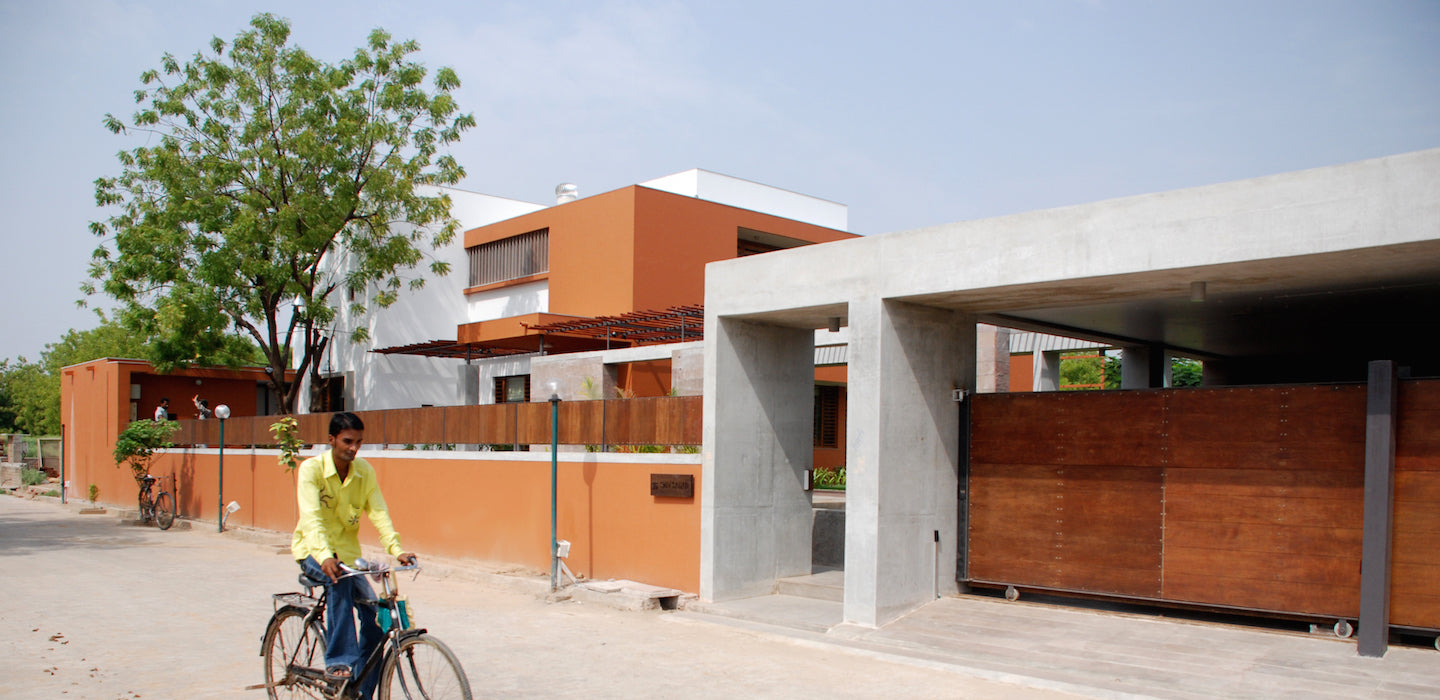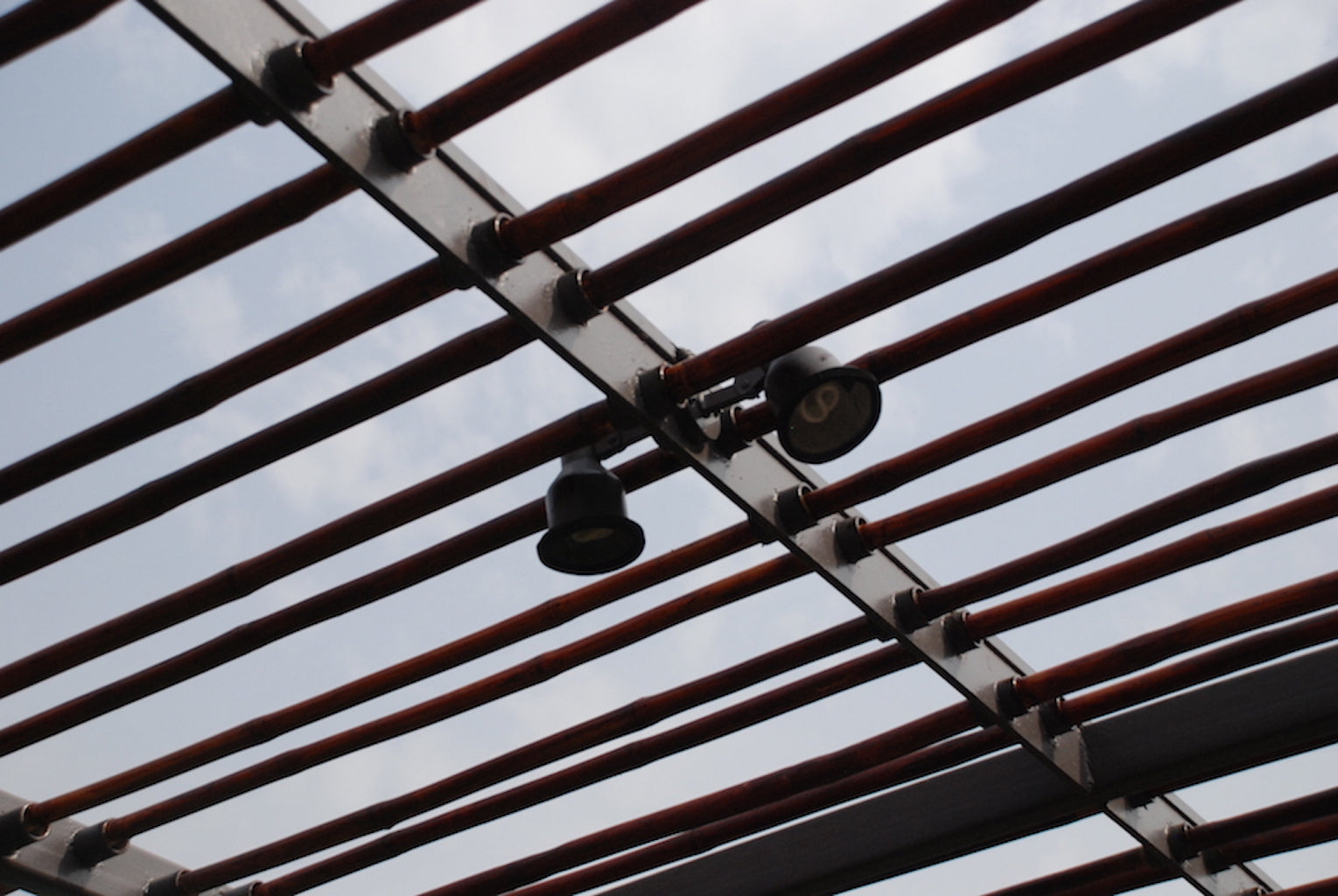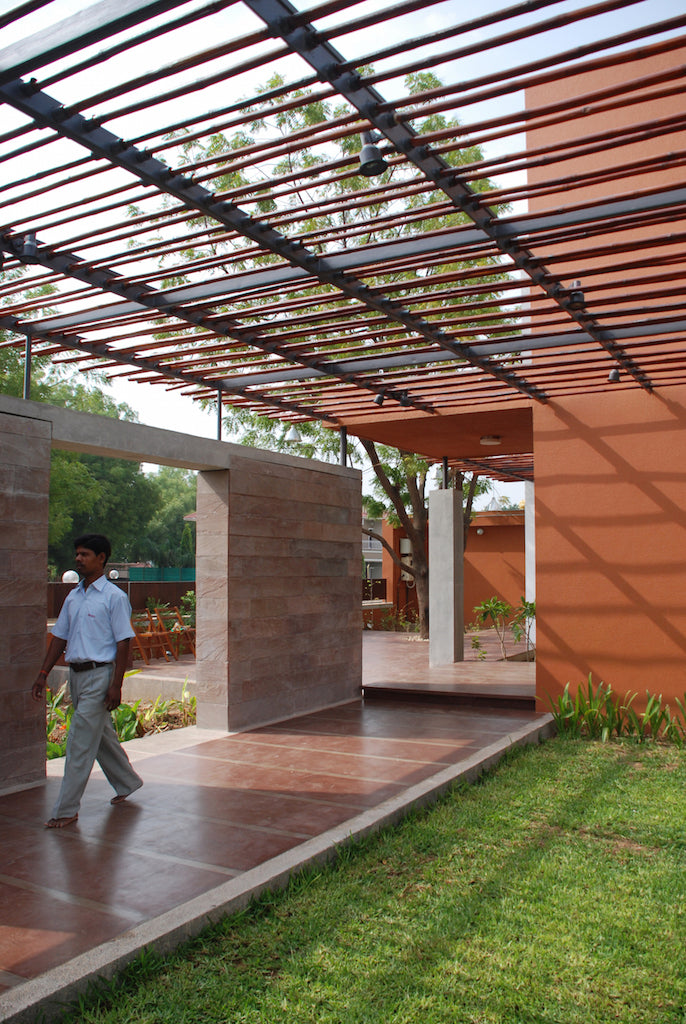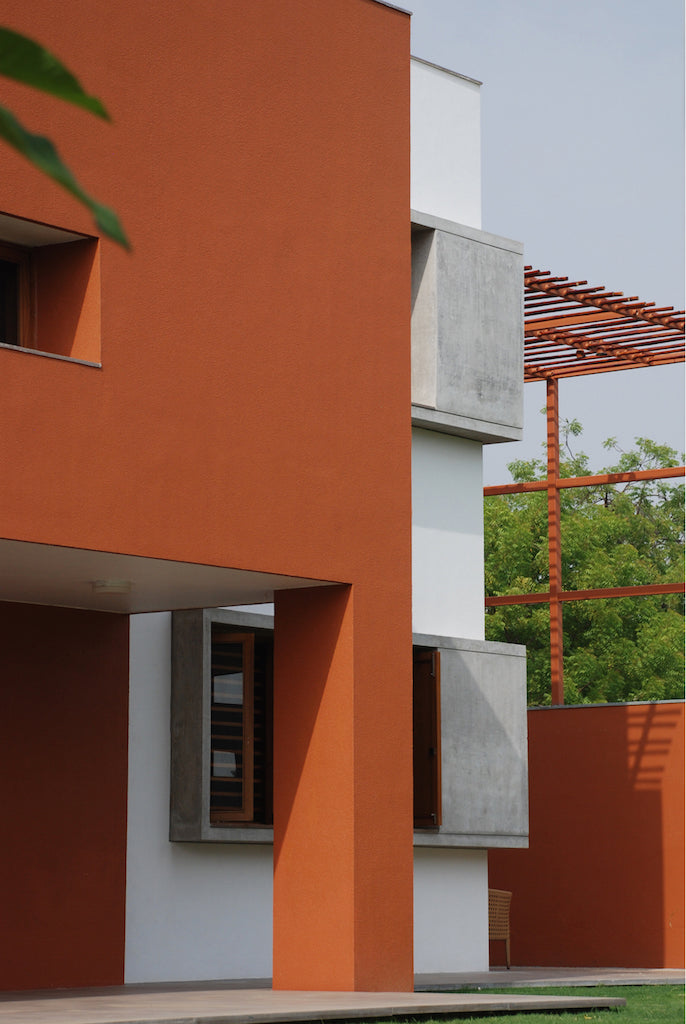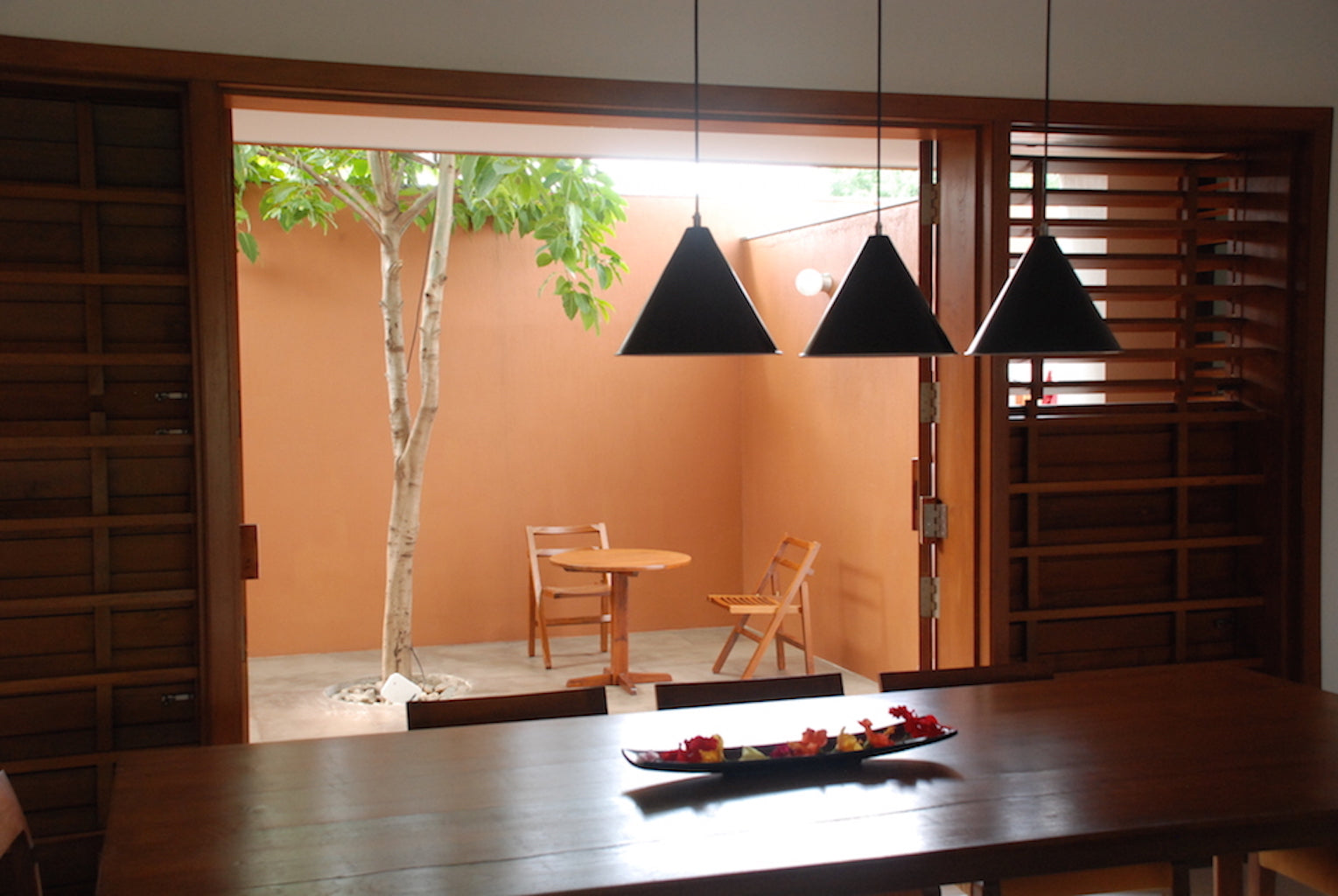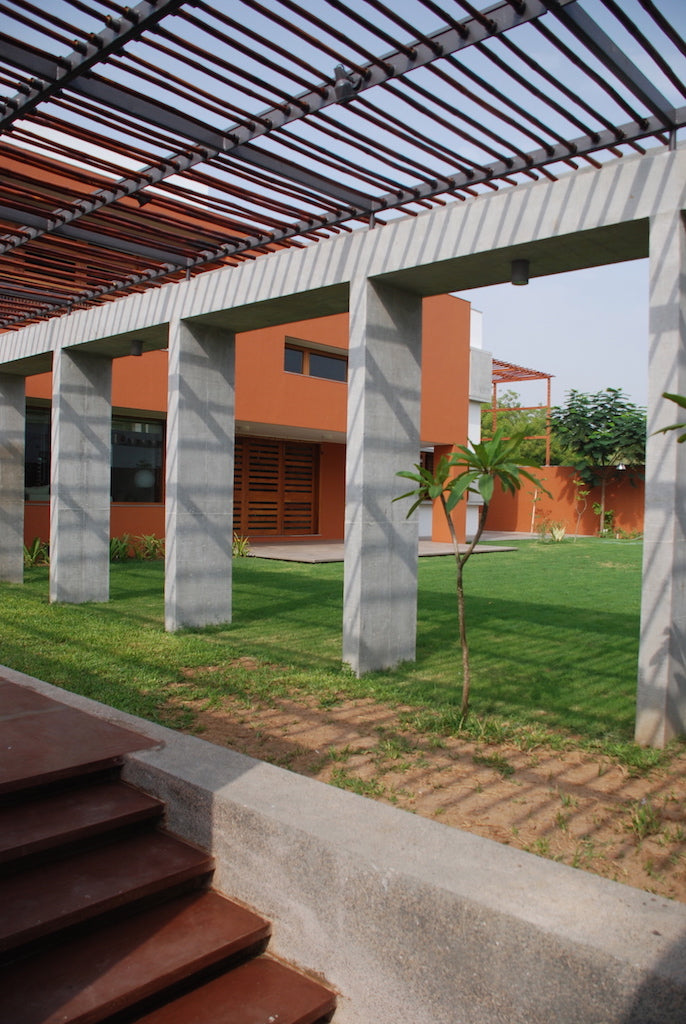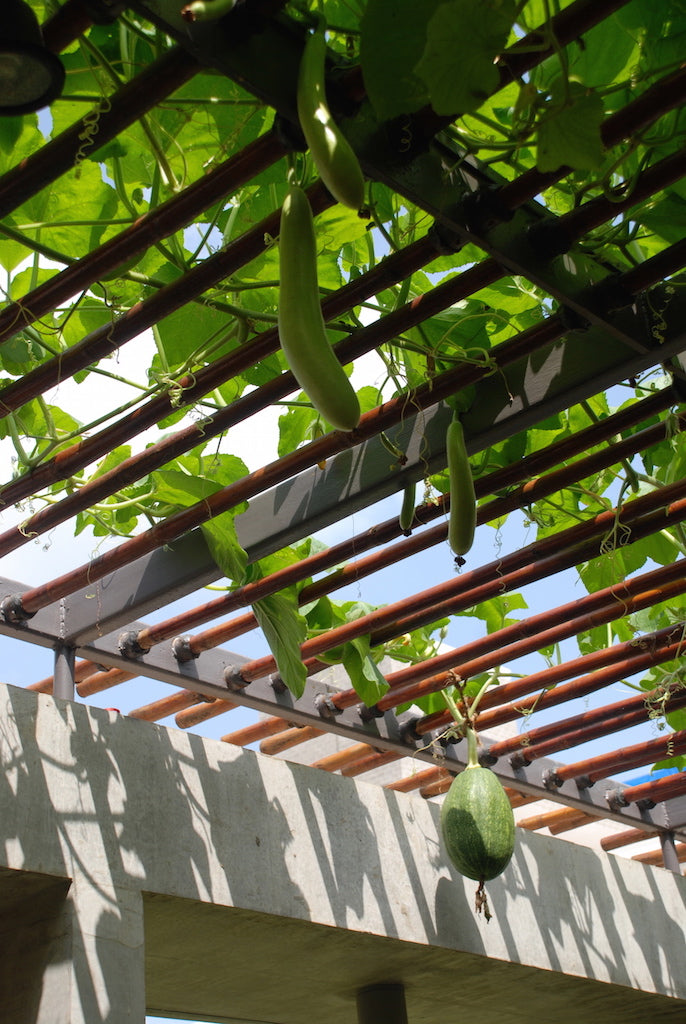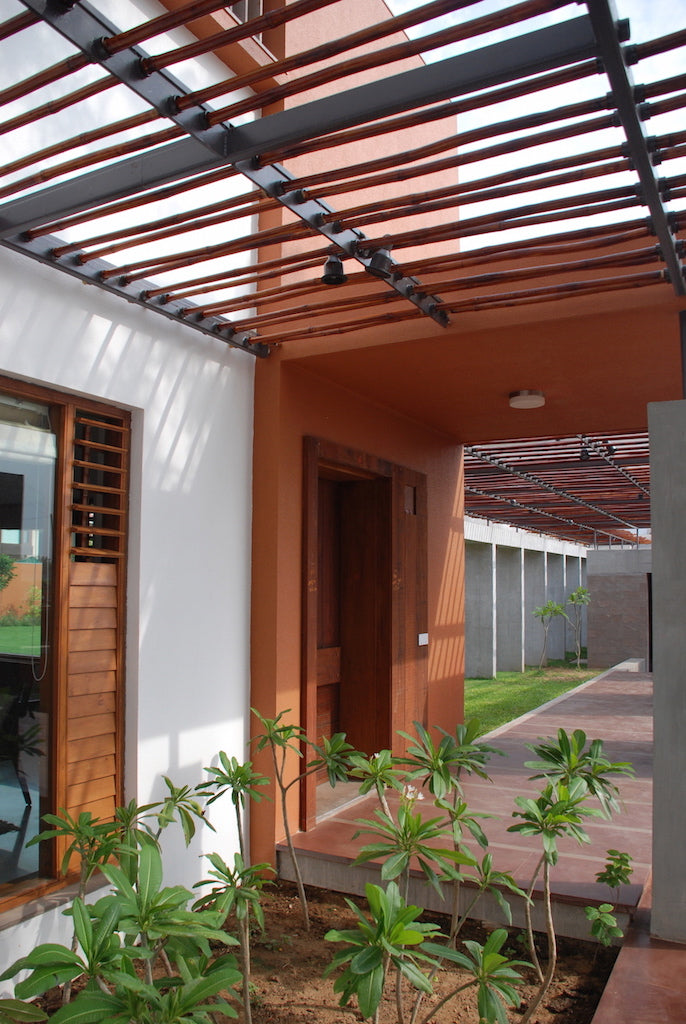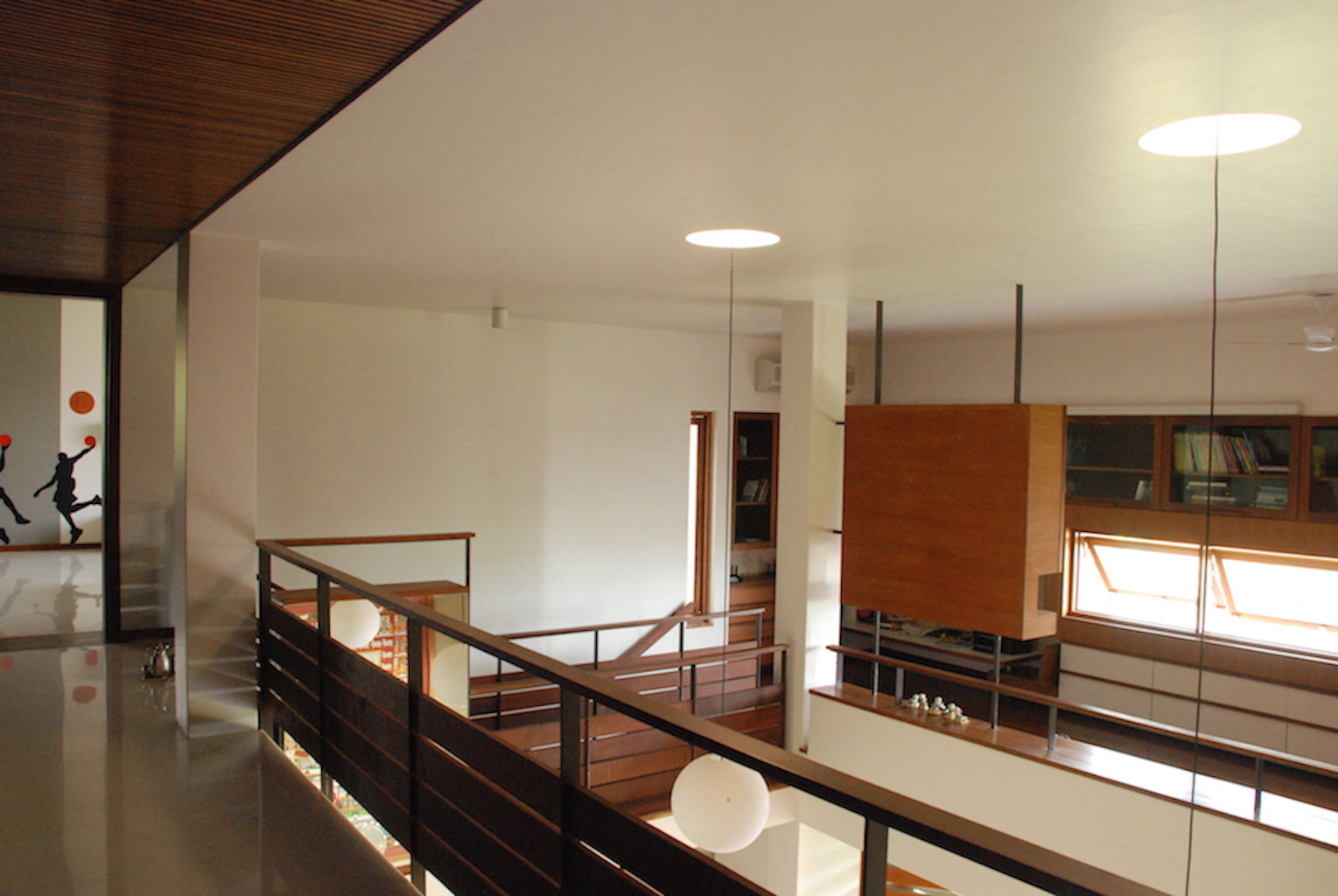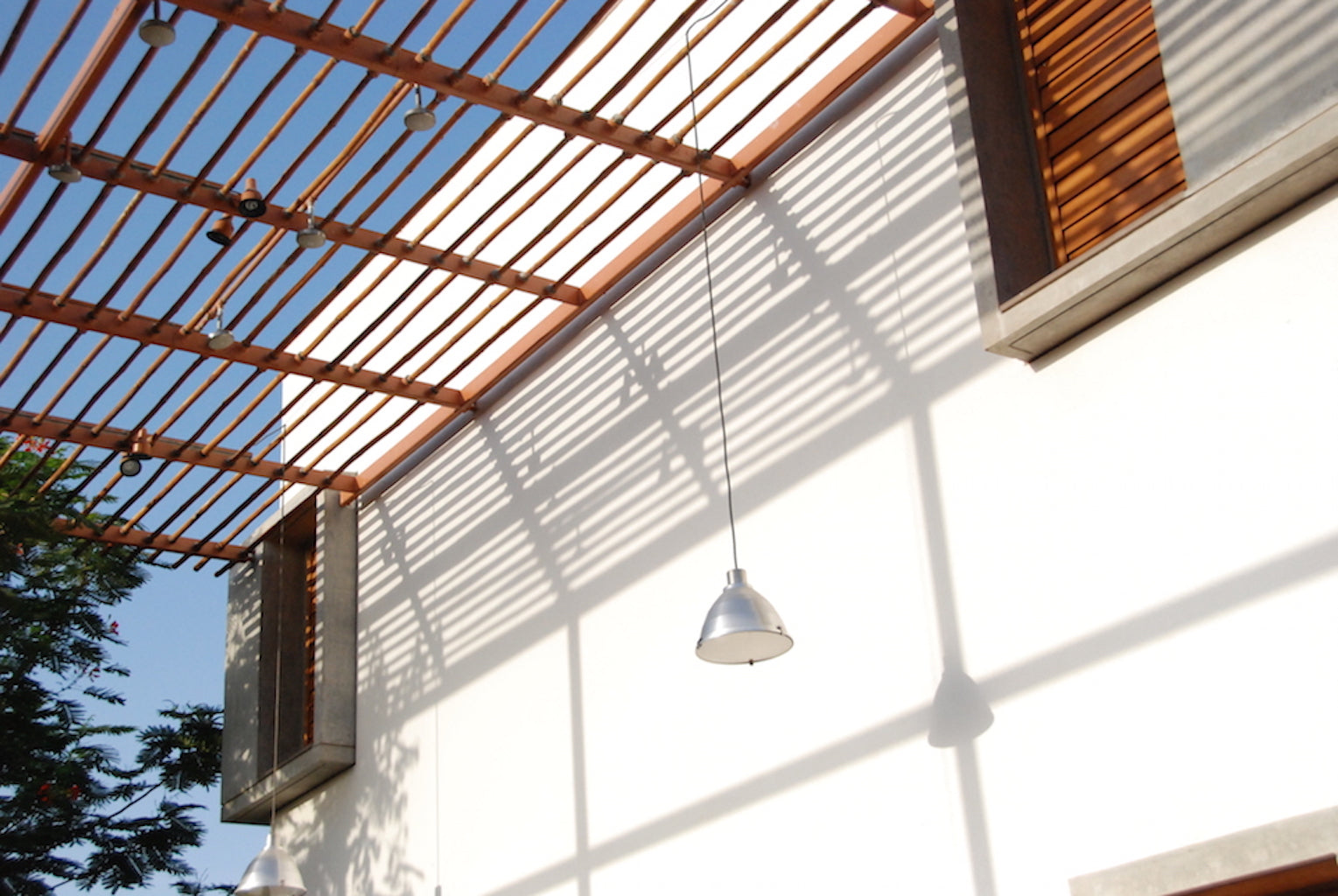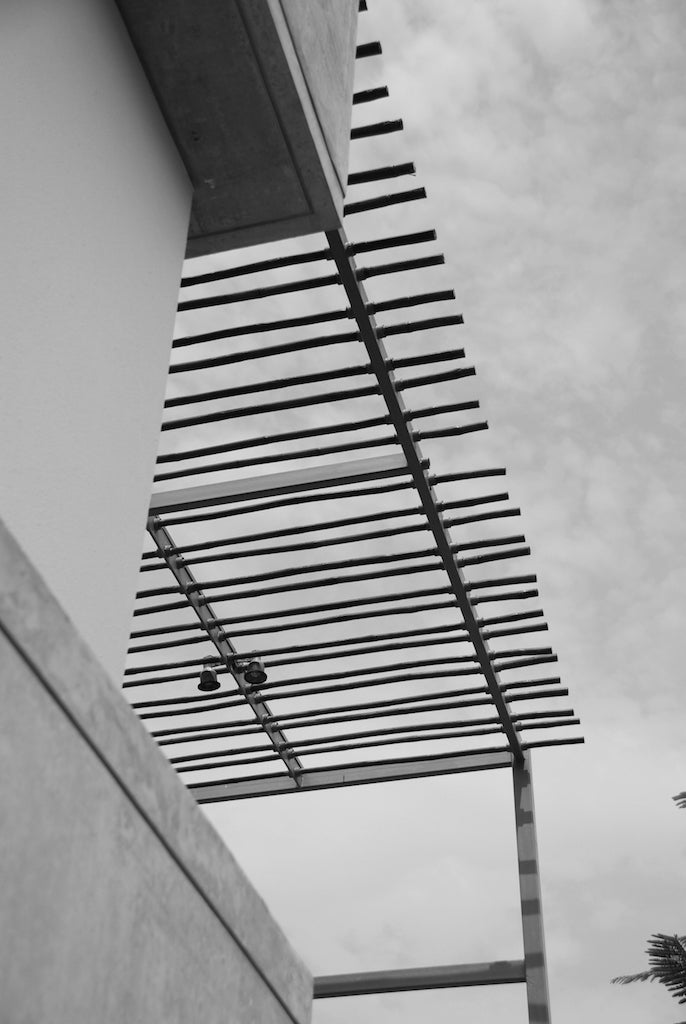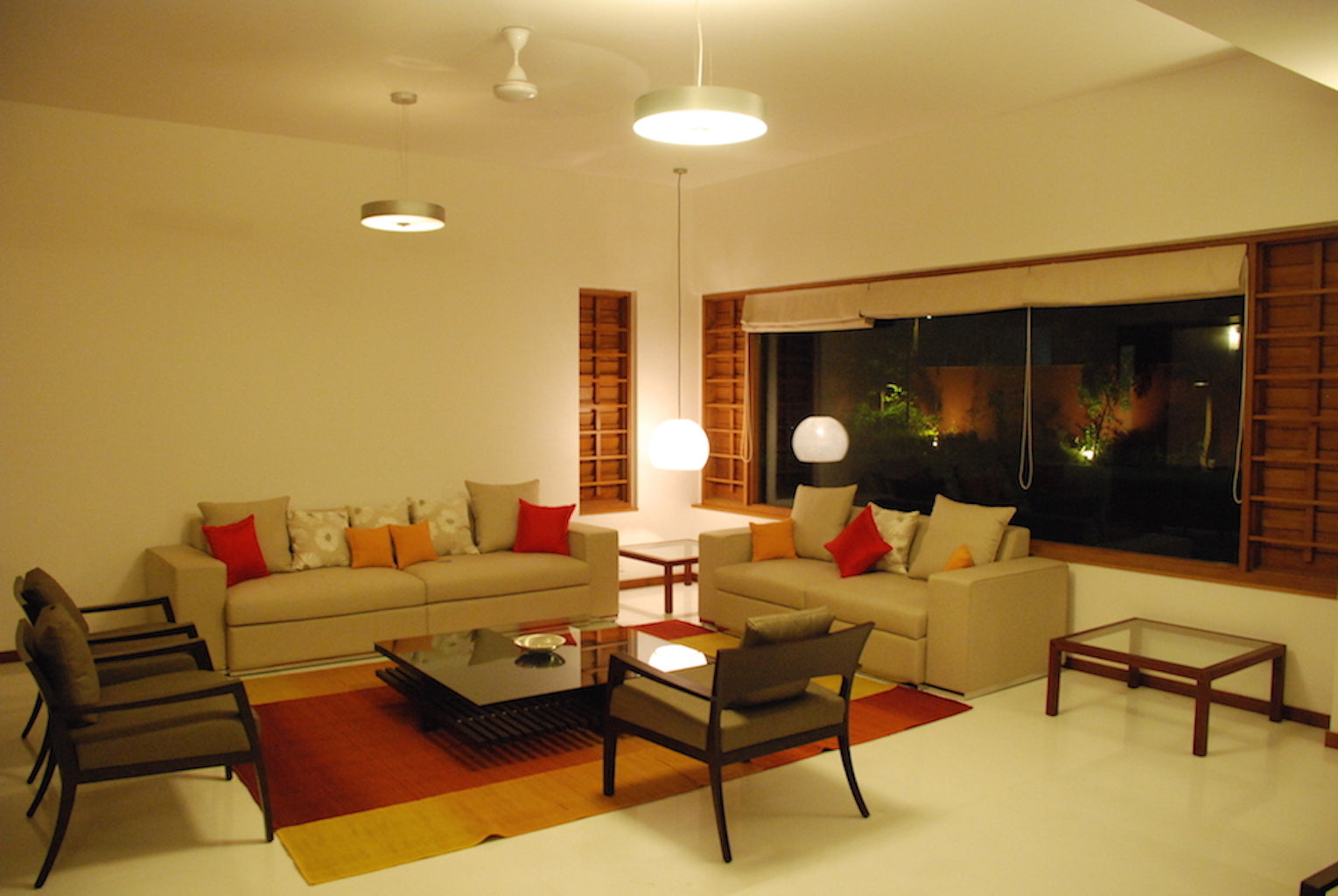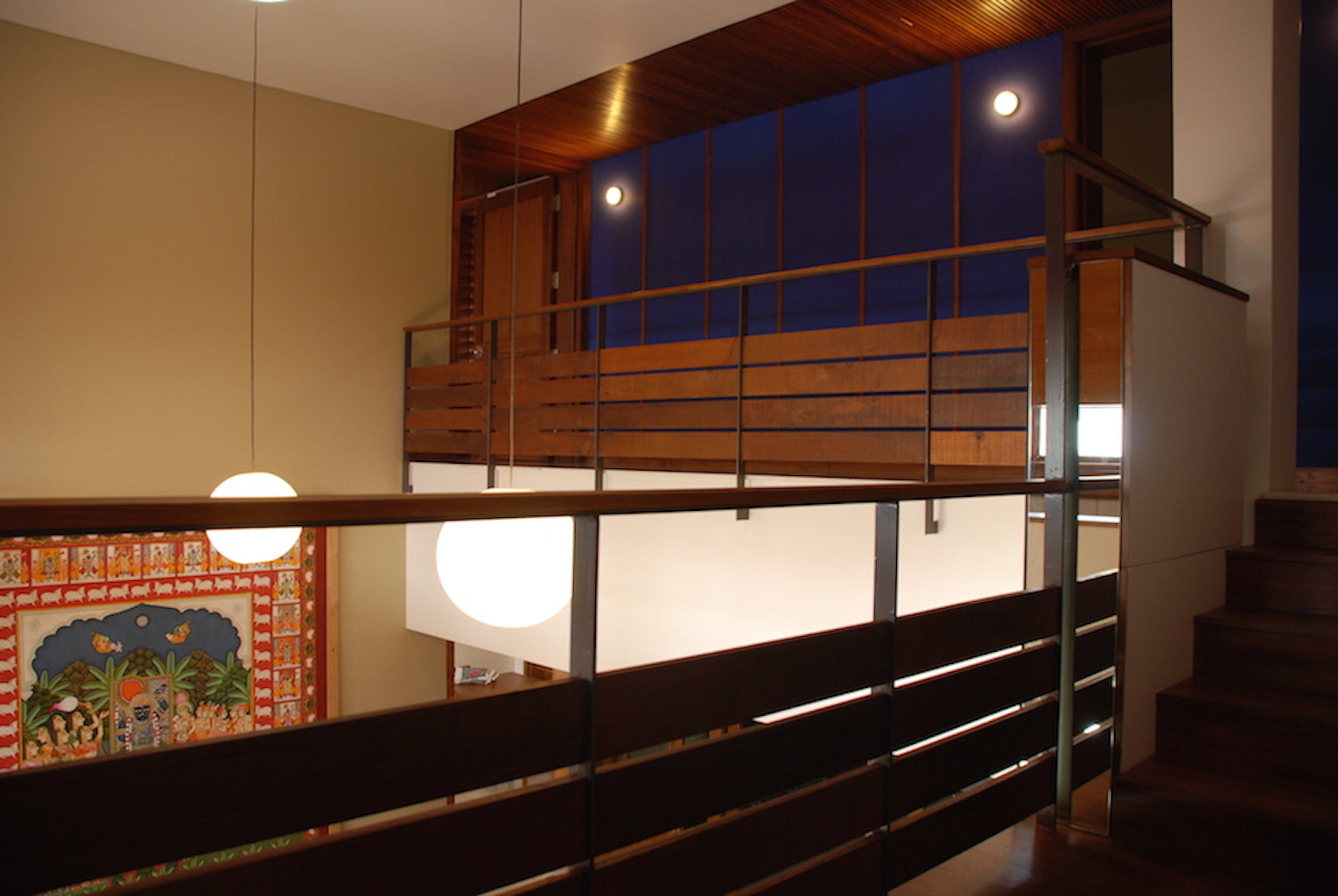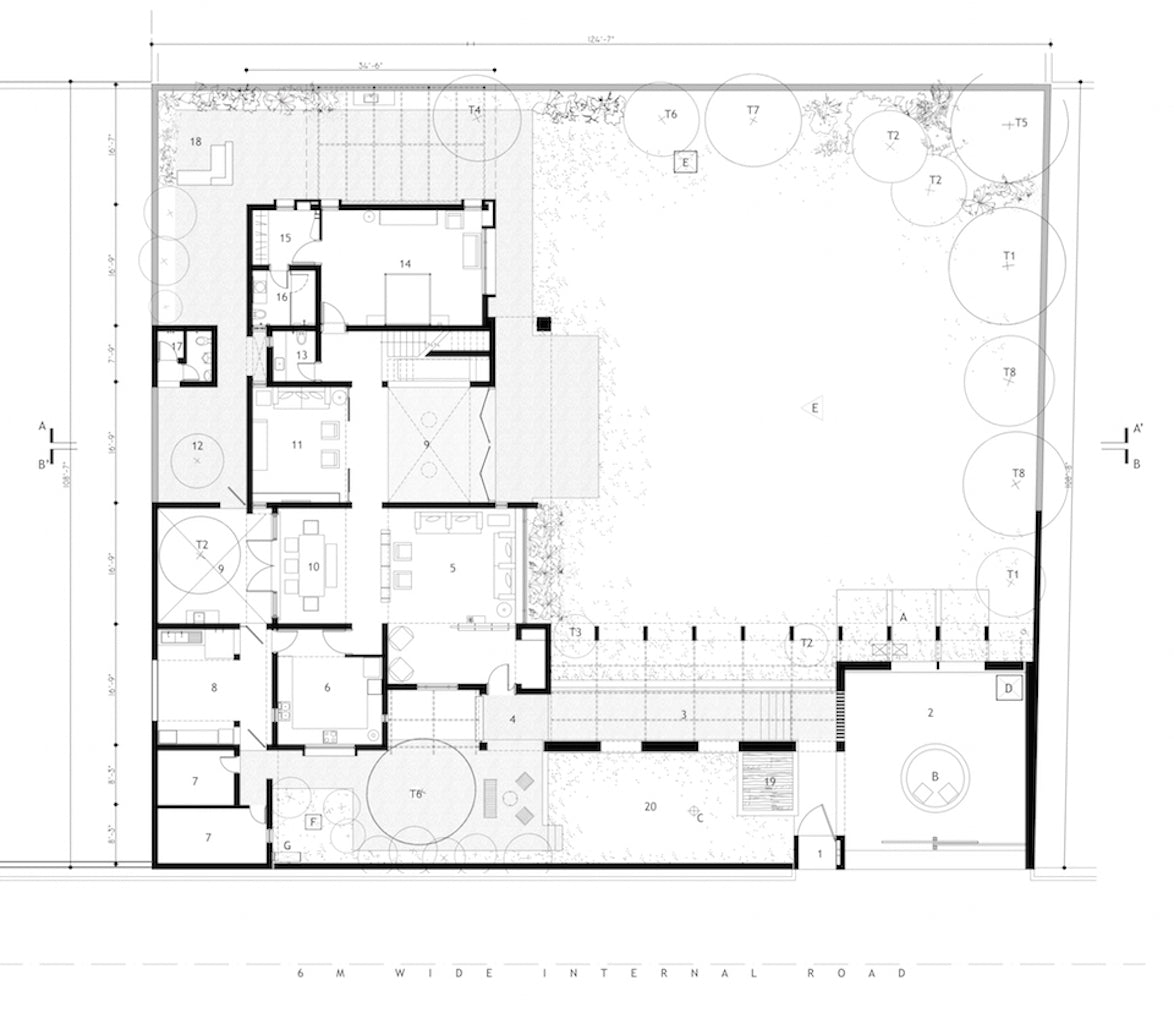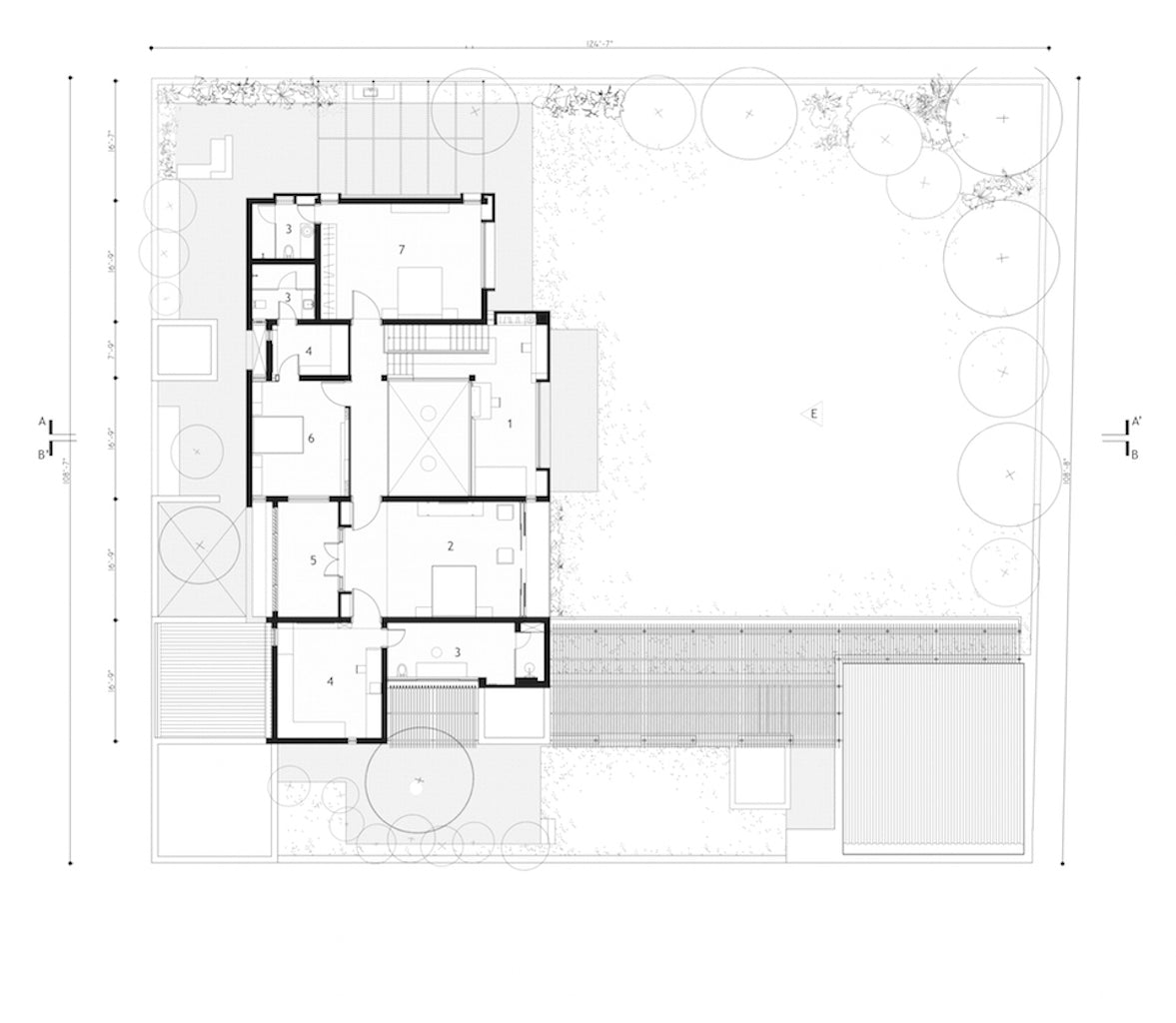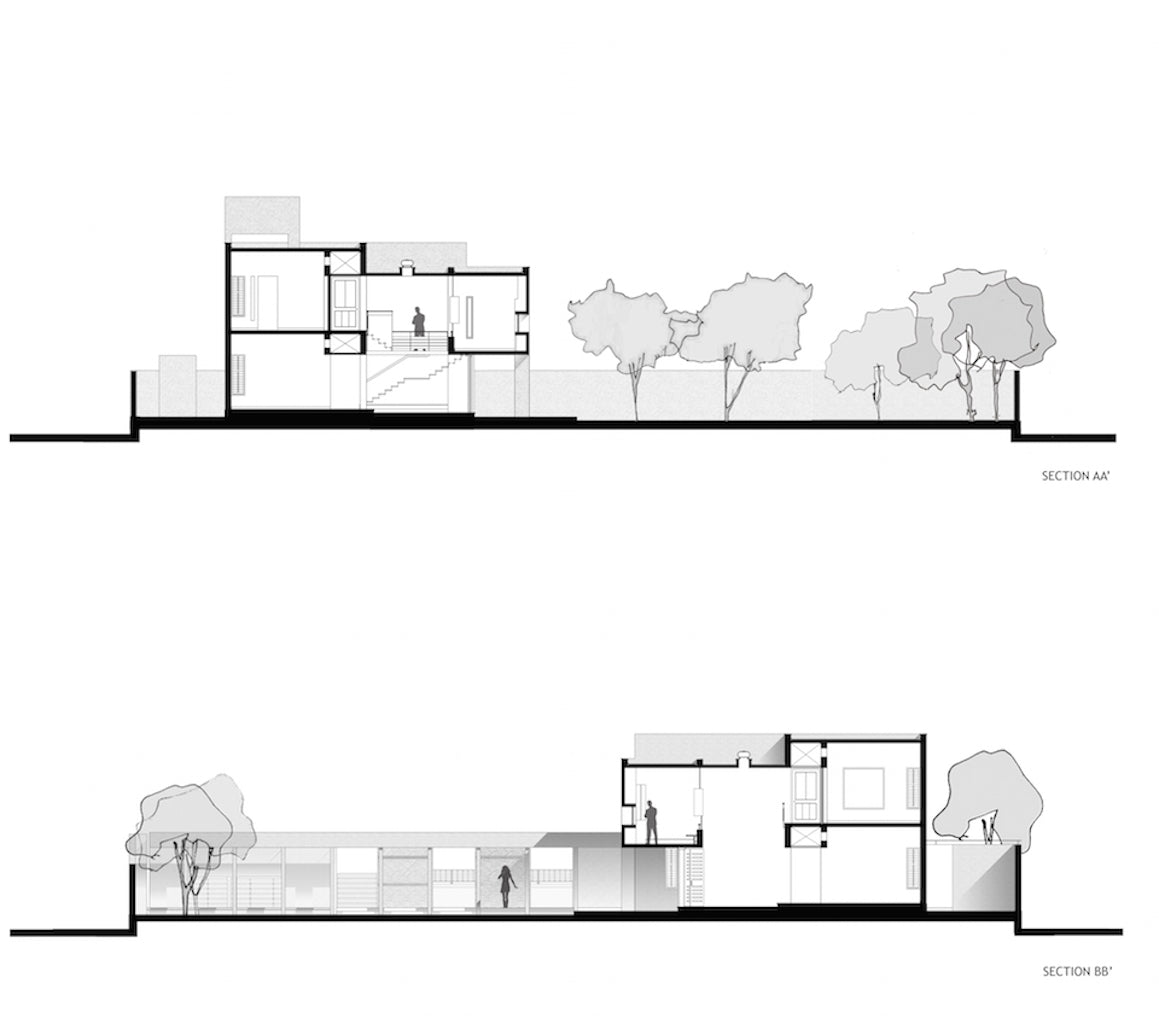It is located between the old NH 8 leading to Gandhinagar and the new circular ring road defining the new outer residential zone of the city.
Bore water here is scarce and fairly saline. There is no municipal water connection to these plots and individual borewells dot the landscape. Storm water drains are stretched each year with roads and new development being added to this sector of the city. The backdrop of our intervention is defined by the above considerations.
